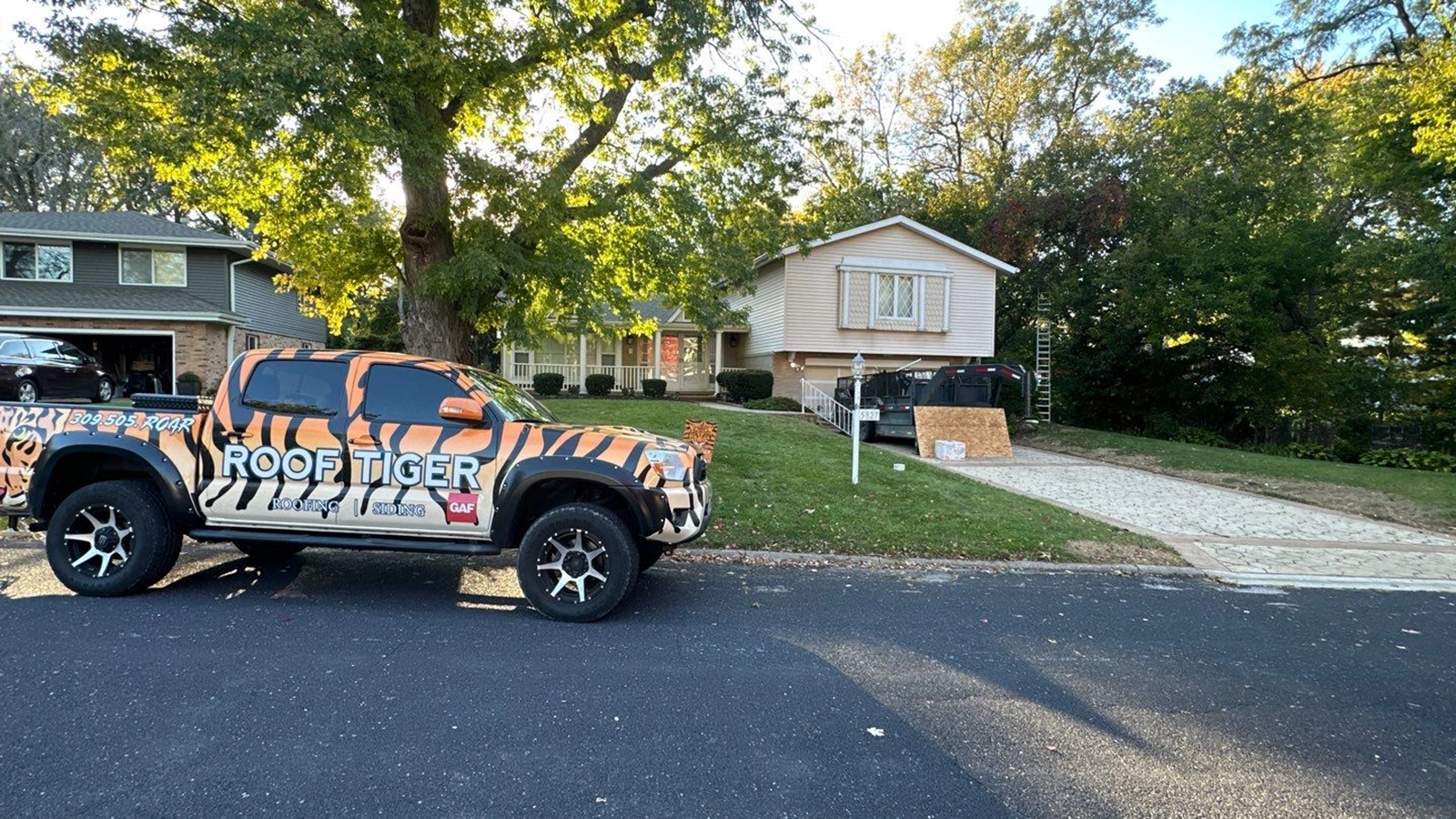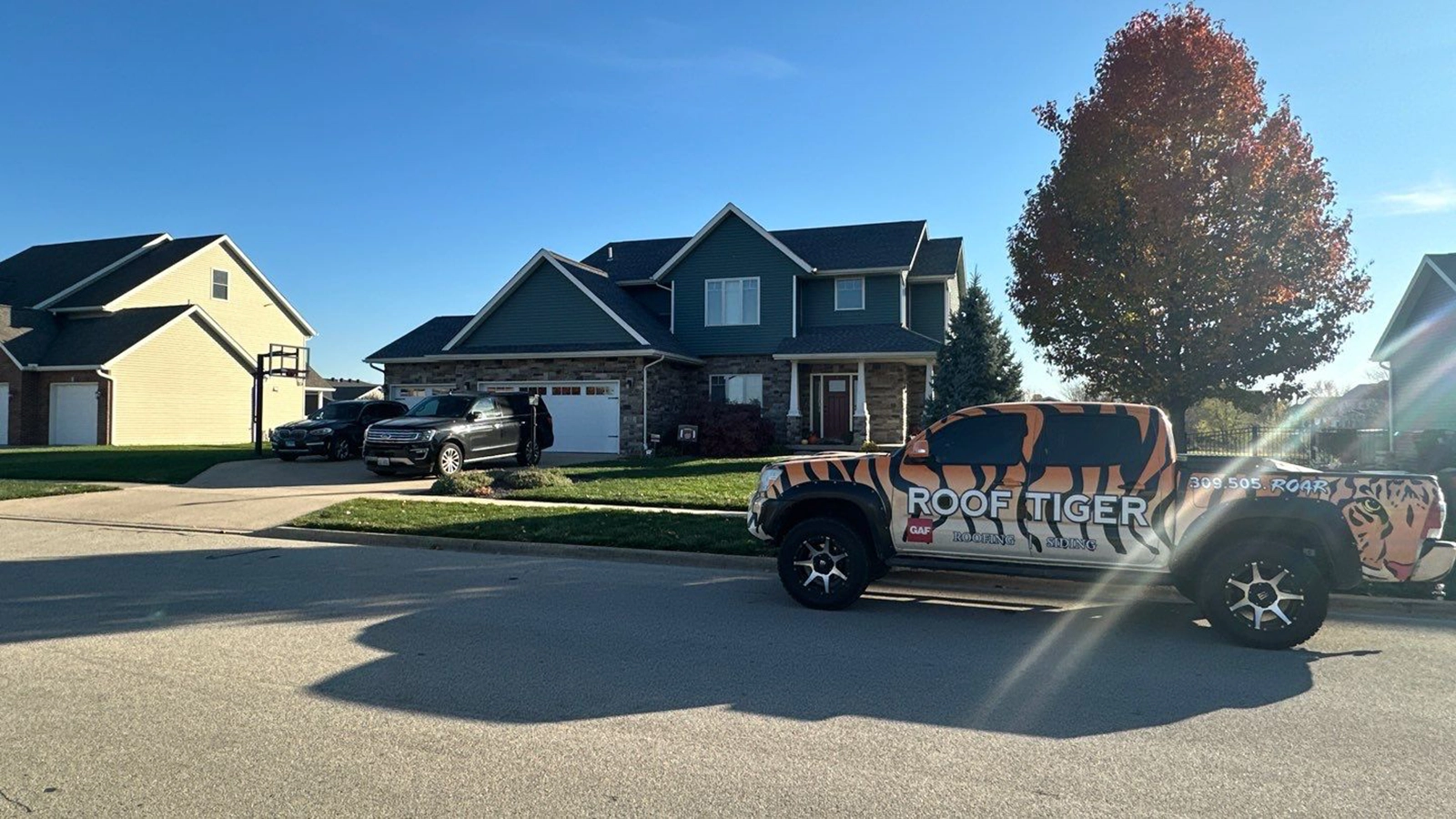
A roof is made up of many components. To make sure that your roof structure works optimally, it is important for all these components to work well collectively. So this means that not only the roofing shingles that are visible to the world are important, but also the other components that go under these roofing materials. Some of these are roof decking, rafters, roof underlayments, etc. Today we will be talking about one such important part of a roof that should not be overlooked, i.e the ice and water shield of your roof.
Since it is not much talked about, we provide you with vital information such as what is ice and water shield, its types and why is it important.
What Is An Ice and Water Shield?
As the word, itself states, this is a type of shield that helps to protect your inner roof structure from the ill effects of ice and water. We all know how bad leaks can be for our homes. Even minor water leakage can turn big and wreak havoc on our structures.
This roofing membrane helps in keeping the water out of your roof as well as your home so that it remains leak and damage-free. The homeowners need to use this membrane to secure certain areas of the roofs that are most susceptible to damage.
If you live in an area that witnesses snowfalls and heavy rains such as Peoria, then installing the ice and water shield on the roof becomes even more important. It is often required by the state too.
What Is This Roof Shield Made Up Of?
The ice and water shield membrane is made with sticky, black polymer-modified bitumen, which is one of the most popular membranes on the market. Sticky to the touch, these membranes have a quarter-inch adhesive layer that attaches directly to the roof deck.
Parts Where Roof Ice And Water Shield Can Be Applied
You can install an ice and water shield roof on your whole roofing system. This can give you an extra layer of protection. But if not, make sure that the shield is applied to the following areas.
- Roof Edges: The roof’s edges and other related parts such as eaves and <>roof valleys are one of the most important and vulnerable parts of the roof. This is because the leaks first start from these edges.
- Chimneys: When vent stacks and chimneys are installed, they often don’t overlap their flashing correctly. To remove this problem ice and water shield on the roof is necessary. It will make sure that no water is allowed to seep through.
- Low Slope: If your home’s roof has a low slope then it might be more vulnerable to the ice damage. Low-slope roofs between should be protected from ice dam damage, as they can take the burden of snow from other more steeply pitched roofs.
- Skylight Area: The skylights are installed on the roof to bring in more natural sunlight and keep the attic area warm. Protection around the skylight area is also important as there may be gaps in the decking. These will usually function as an open invitation for ice dams.
Ice And Water Membrane Vs Felt Underlayment
Both of these roofing underlayments can provide you protection against water leaks. However, both are different from each other.
First up, the installation of ice and water shield roofs has been a relatively new thing. This material is used to give that extra protection since the 70s and 80s. However, felt paper is the most traditional material for underlayment.
Felt paper is designed to resist small leaks, and it does so by absorbing excess water and funneling it away from your roof. In reality, felt paper does not stick on the roof and hence has to rely on gravity force to allow water to flow over the paper and onto the edge of your roof.
Whereas ice and Water shield is made from rubber and asphalt and can easily stick to the surface. Due to this property, they are called peel and stick membranes. They stick tightly along the roof and nails and can give you better protection than its counterpart.
Tips For Installing The Ice And Water Shield On the Roof
These ice and water shield membrane comes in the form of rolls that are usually 3’’ wide. Depending on your preference and the state codes and rules, the contractor will install this membrane on either the full roof or specific portions.
Before installing the roof, you should make sure that you inspect the condition of the roof deck thoroughly. If there are any issues, then these need to be addressed first.
install the ice and water protector before even installing the roof felt, then nail it down around the vulnerable areas such as chimneys, dormers, and/or flashing.
To prevent damage to the roof and to make it easier for your ice and water protector to do its job, install it at least 3 feet from the edge of the roof. It can be spread further depending on the slope and the width of a roof. For example, a low-steep requirement will require extra protection.
Top Manufacturers Of Ice And Water Shield
Since underlayment plays an important role in a roofing system, it is essential that you choose an ice and water shield roof that is of high quality and can protect your roof for a long time. Here are some of the top ice and water shield products.
- Grace Ice And Water Shield
- GAF Ice and Water Shield
- IKO Ice And Water Protection
Want Help For Installing Ice And Water Shield
Though you can install the ice and water shield yourself as well, but it may not be the right decision. The roof is a tricky area and you should not be working there yourself. Secondly, the process of installing the shield requires precision.
This is why you should hire a professional roofing contractor like ROOF TIGER for the same. We have been in the roofing industry with a combined experience of more than 20 years. We have served a lot of the homeowners in Peoria so you can trust us with your work and we promise you would not be disappointed. Our crew is licensed and insured and extremely capable.
Not only ice and water shield, but we also offer other roofing services as well.













